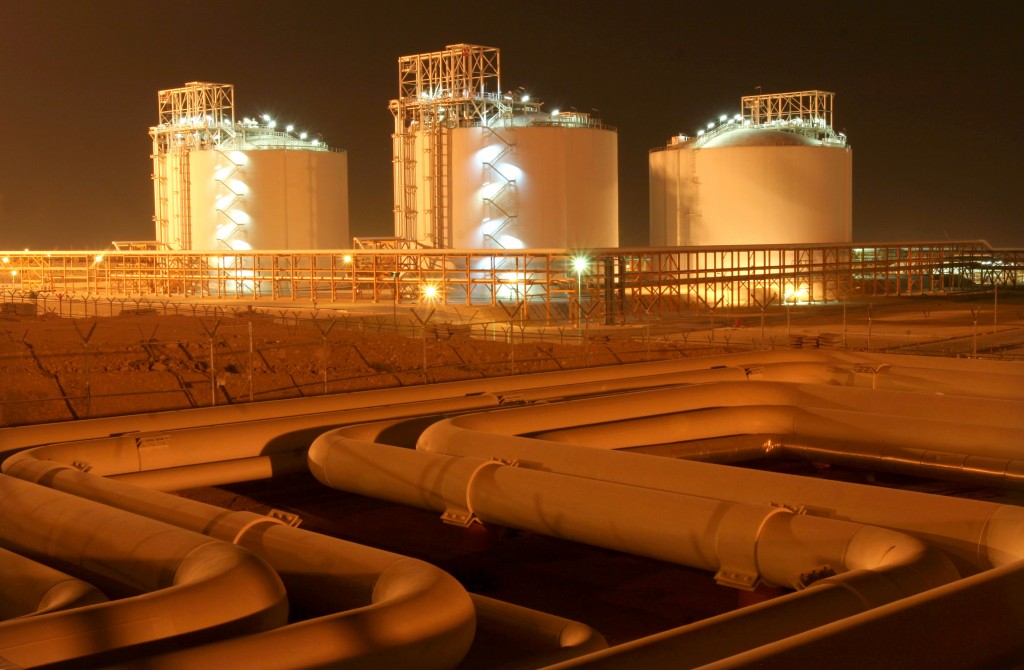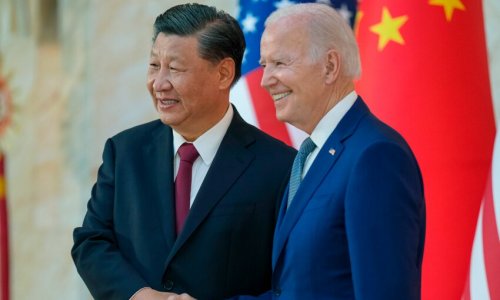The nuclear framework agreement reached with Iran in Lausanne, Switzerland, was an important milestone. Now detailed negotiations will focus on crucial details relating to safeguards and lifting international sanctions. Ending sanctions, however, leads to another critical part of Iran’s energy equation: new investments in its nonnuclear energy sector that could boost its oil and gas exports.
New investments and higher exports are big incentives for Tehran to reach a nuclear deal. The Iranian economy has been in a tailspin under the sanctions regime. It can recover only with greatly increased oil and gas exports, even at low prices.
Under favorable scenarios, Iran could increase its sanctions-constrained oil exports of 1.2 million barrels a day by about 300,000 barrels a day, drawn from its floating storage. That could add 1 million barrels a day to global supply within 12 months to 18 months. Low global growth forecasts indicate that this prospect would add, longer term, to downward pressures on oil prices — good news for consumers and challenges for producers.
For Tehran’s traditional rival, Saudi Arabia, the additional oil on the market would not be welcome. But the kingdom can be expected to maintain its policy of defending its market share, even at lower prices.
Iran would also likely accept lower prices in return for badly needed revenues and as a means to rebuild its share of the global oil market. Tehran would likely need an increase of tens of billions of dollars each year to reverse the 15 percent rate of decline in output from its aging fields.
The geopolitical consequences of ending sanctions against Iran would be at least as important. As Iran re-enters the nonnuclear energy market, its incentives to develop and defend its market share would increase. In parallel, its incentives to stick to a nuclear accord would also increase to avoid any possibility that sanctions might be reimposed.
Tehran has made it clear that ending sanctions has been the single most important impetus to making a nuclear deal. Any increased risk of sanctions being reimposed could have a negative impact on potential investors in its oil and gas sector.
Both Tehran and international oil companies already are anticipating negotiations for lucrative business deals that were banned under sanctions. For Tehran, this would require competitive commercial conditions going beyond its traditional revenue-sharing schemes. For oil companies, they would need to be satisfied that these conditions are viable and can translate into profitable investments that compare favorably with others on their business docket.
The nonnuclear energy equation has a critical regional dimension as well. With the world’s third-largest natural-gas reserves, Iran has long proposed natural-gas pipelines to alleviate severe shortages in India and Pakistan. Sanctions made this hard to execute, but these pipelines could become part of a win-win commercial-energy agenda for Iran and its neighborhood once restrictions are lifted. The pipelines’ feasibility could compare favorably with the longstanding proposal of a pipeline from Turkmenistan through Afghanistan to Pakistan and India.
Similarly, Central Asian oil and gas producers have long supported swaps whereby oil and gas supplies would go to northern Iran and equivalent amounts would be shipped from its south. Kazakhstan, in oil, and Turkmenistan, in gas, see clear advantages in diversifying from the now dominant Russian and Chinese routes. Again, sanctions have deterred these proposals; their lifting could make them another positive part of a new regional commercial-energy agenda.
A third regional dimension is the Caspian Sea, where Iran shares a coastline with four other states. Historically, Iran has opposed demarcation proposals that would correspond to its more limited shoreline on the Caspian. But a more positive regional energy context could induce Tehran to take another look at its effective veto of a demarcation agreement. A resource-sharing compromise could advance cooperation with Russia, Azerbaijan, Kazakhstan and Turkmenistan.
And then there is the European Union, which has long sought to reduce its dependence on Russian natural gas. Over time, Iran could supply increasing quantities of its gas through Turkey, adding to the supplies already reaching that country from Azerbaijan. Here again, the prospects for win-win solutions would be enhanced by a successful nuclear deal — and undermined even by the risk of reimposed sanctions.
It should also be recognized that Iran can use additional funds, as sanctions are lifted, to promote disruptive policies, including its support of Syrian President Bashar al-Assad and its help for Hezbollah in Lebanon and Hamas in Gaza. Iran’s Revolutionary Guards are most associated with these policies, as well as with pushing a nuclear weapons option. To contain their influence would require a robust and long-term regional strategy that goes well beyond energy, but which could also be facilitated by a new energy chapter –nuclear and nonnuclear — in U.S.-Iranian relations.
The current focus, however, must remain on successful negotiations building on the framework agreement. Without success there, the collateral nonnuclear-energy benefits would become far more questionable. But, in turn, continued nuclear progress can pay nonnuclear dividends, which would themselves help to reinforce the durability of a nuclear accord.
(reuters.com)
www.ann.az
Follow us !











